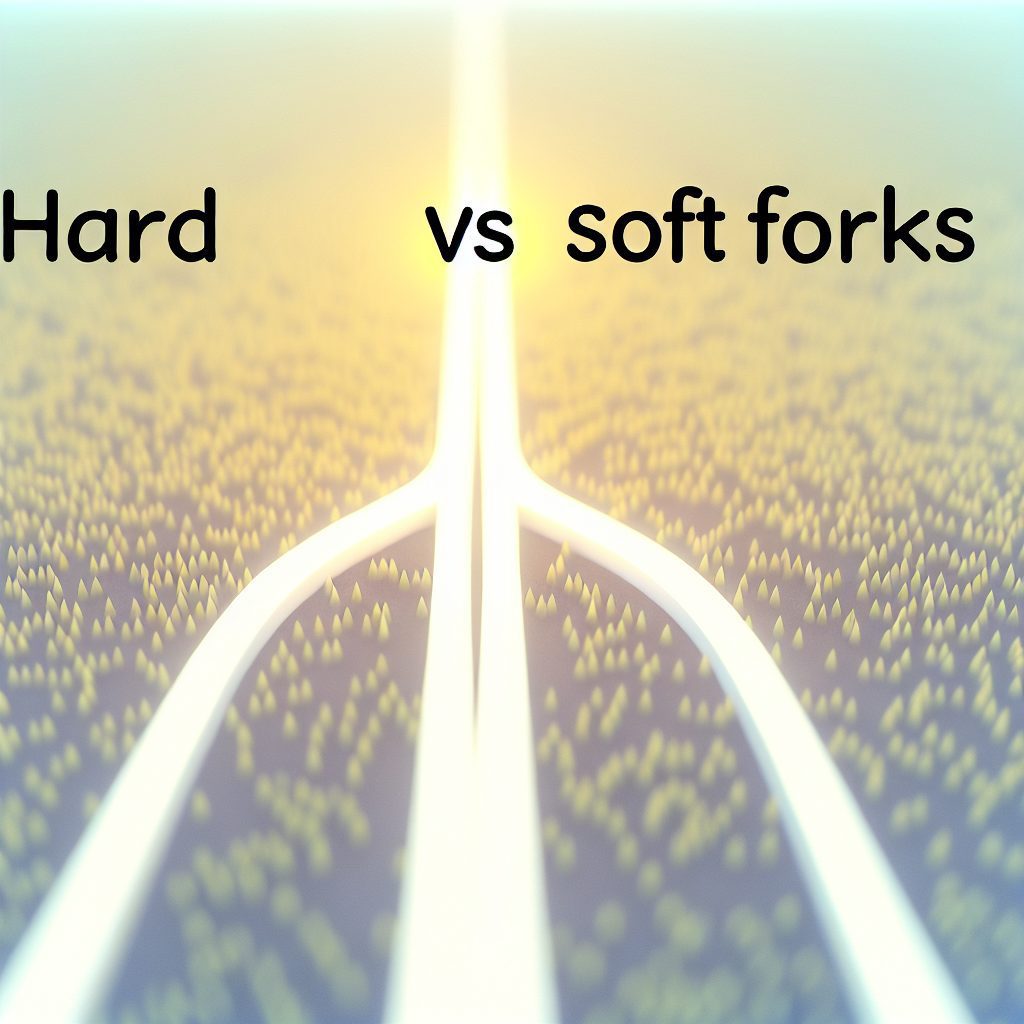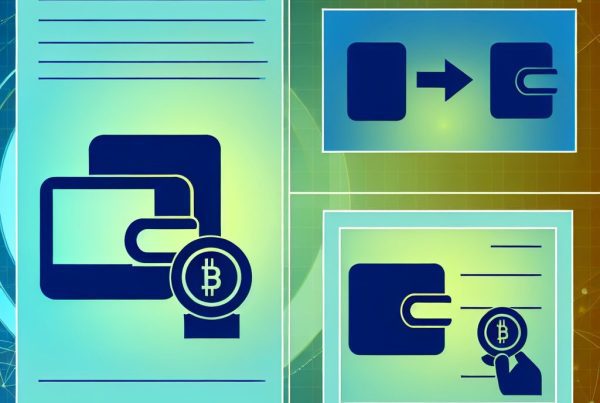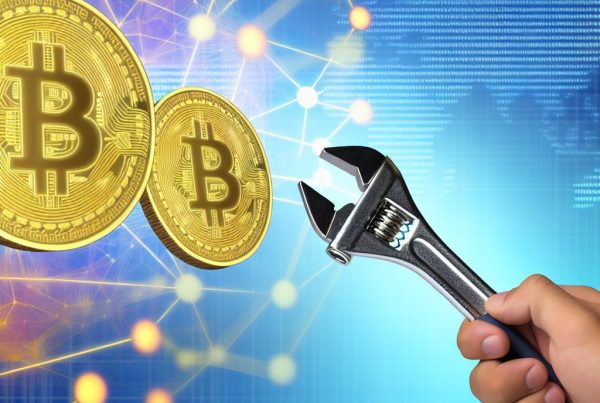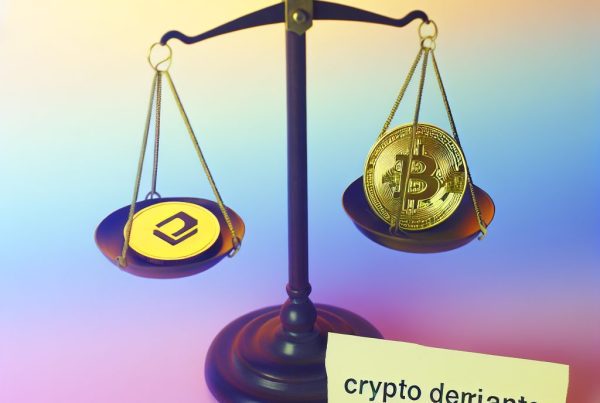Understanding Hard vs Soft Forks in Cryptocurrency
The cryptocurrency landscape is complex and ever-evolving, with various mechanisms that govern how blockchain networks operate. Among these mechanisms, forks play a crucial role in the development and maintenance of blockchain protocols. This article delves into the differences between hard forks and soft forks, their implications, and their significance in the cryptocurrency industry.
What is a Fork?
In the context of blockchain technology, a fork refers to a change in the protocol of a blockchain network. This change can lead to the creation of a new version of the blockchain, which can either be compatible with the existing version or entirely separate. Forks are essential for implementing upgrades, fixing bugs, or introducing new features.
Types of Forks
There are two primary types of forks in the cryptocurrency world: hard forks and soft forks. Understanding the distinctions between these two types is vital for anyone involved in the crypto space.
Hard Forks
A hard fork is a significant and incompatible change to the blockchain protocol. When a hard fork occurs, it creates a permanent divergence from the previous version of the blockchain. Nodes that do not upgrade to the new version will no longer be able to validate transactions or blocks on the new chain.
Characteristics of Hard Forks
- Incompatibility: Hard forks result in two separate blockchains that do not share transaction history.
- Community Consensus: Hard forks often require a consensus among the community, as they can lead to disputes.
- New Cryptocurrency: A hard fork can result in the creation of a new cryptocurrency, as seen with Bitcoin Cash (BCH) from Bitcoin (BTC).
Real-World Examples of Hard Forks
One of the most notable examples of a hard fork is the split between Bitcoin and Bitcoin Cash in August 2017. The Bitcoin community was divided over the scalability issue, leading to the creation of Bitcoin Cash, which aimed to increase transaction capacity by increasing the block size limit.
Another significant hard fork occurred with Ethereum in 2016, resulting in Ethereum Classic (ETC). This fork was initiated after the DAO hack, where a significant amount of Ether was stolen. The Ethereum community decided to reverse the hack by creating a new version of the blockchain, while those who supported the original chain continued with Ethereum Classic.

Soft Forks
A soft fork, on the other hand, is a backward-compatible change to the blockchain protocol. This means that nodes that do not upgrade can still participate in the network, although they may not be able to access new features or improvements.
Characteristics of Soft Forks
- Backward Compatibility: Soft forks allow non-upgraded nodes to continue functioning on the network.
- Minor Changes: Soft forks typically involve less drastic changes compared to hard forks.
- Community Support: Soft forks often have broader community support since they do not create a new cryptocurrency.
Real-World Examples of Soft Forks
An example of a soft fork is the Segregated Witness (SegWit) upgrade implemented in Bitcoin in 2017. SegWit aimed to improve transaction speed and reduce fees by changing how transaction data was stored. This upgrade was backward-compatible, allowing nodes that did not upgrade to continue operating on the network.
Why Forks Occur
Forks can occur for various reasons, including:
- Protocol Upgrades: To implement new features or improvements.
- Disagreements within the Community: When there is a lack of consensus on the direction of the project.
- Security Issues: To address vulnerabilities or bugs in the existing protocol.
The Impact of Forks on Cryptocurrency Markets
Forks can significantly impact cryptocurrency markets, often leading to increased volatility. When a hard fork occurs, the market may react by adjusting the prices of both the original and the new cryptocurrency. For instance, after the Bitcoin Cash hard fork, both BTC and BCH experienced price fluctuations as traders speculated on the future of each asset.
How to Prepare for a Fork
For cryptocurrency holders, understanding how to prepare for a fork is essential. Here are some steps to consider:
- Stay Informed: Follow reliable news sources and community discussions to understand upcoming forks.
- Secure Your Assets: Ensure your cryptocurrency is stored in a secure wallet that supports the fork.
- Understand the Implications: Research how the fork may affect your holdings and the overall market.
FAQs about Hard and Soft Forks
What happens to my cryptocurrency during a hard fork?
During a hard fork, you may receive an equivalent amount of the new cryptocurrency if you hold the original asset at the time of the fork. However, the value of both cryptocurrencies may fluctuate significantly.
Can a soft fork lead to a hard fork?
Yes, if a soft fork does not achieve consensus or if significant disagreements arise within the community, it can lead to a hard fork.
How do I know if a fork is coming?
Stay updated by following reputable cryptocurrency news websites, forums, and social media channels where announcements are made regarding upcoming forks.
Are forks good or bad for the cryptocurrency ecosystem?
Forks can be both beneficial and detrimental. They can lead to innovation and improvements in the protocol but can also create division within the community and market volatility.
Conclusion
Understanding the differences between hard forks and soft forks is crucial for anyone involved in the cryptocurrency space. While hard forks can lead to the creation of new cryptocurrencies and significant changes in the blockchain, soft forks offer a more gradual approach to protocol upgrades. Both types of forks play essential roles in the evolution of blockchain technology, reflecting the dynamic nature of the cryptocurrency industry.
For the latest updates on cryptocurrency news and price tracking, consider visiting Bitrabo. Follow me on social media for more insights: X, Instagram, and Threads.
Disclaimer: This article is for informational purposes only and should not be considered financial advice. Always conduct your own research before making investment decisions.
The Crypto Watchlist of the Week 🔎
Subscribe to receive expert-curated projects with real potential—plus trends, risks, and insights that matter. Get handpicked crypto projects, deep analysis & market updates delivered to you.


